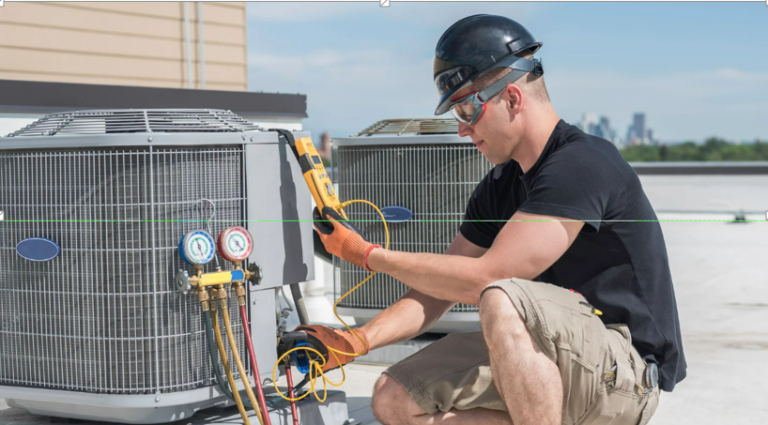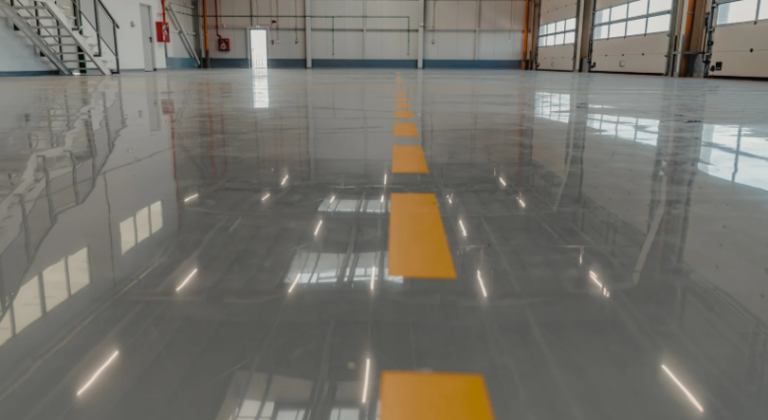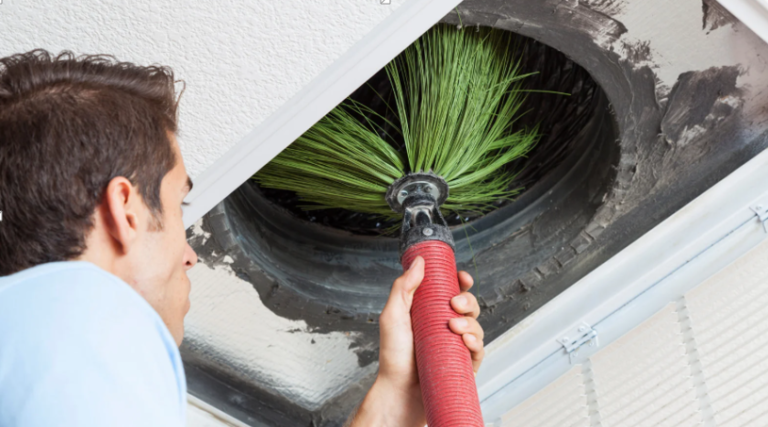How Roofing Contractors Ensure Roof Safety During Installation and Repairs
Roofing projects require precision, expertise, and an unwavering commitment to safety. Whether it’s a minor repair or a complete roof replacement, every stage demands careful planning and execution. Roofing is inherently high-risk work, involving heavy materials, complex tools, and elevated workspaces. Therefore, safety isn’t an afterthought; it’s the foundation of a successful project. Compliance with industry standards and OSHA regulations helps protect both workers and property owners throughout the roofing process. A licensed roofing contractor in Alpharetta implements these protocols consistently to guarantee structural integrity and worker well-being.
The Importance of Structured Safety Planning
Before starting any project, roofing professionals conduct a detailed site inspection to assess potential hazards. This includes analyzing roof slope, surface conditions, weather forecasts, and equipment setup requirements. Proper planning allows contractors to identify challenges early and create a plan that prioritizes both efficiency and safety.
Establishing clear communication channels is another crucial aspect of safety management. Each worker must understand their role, the safety measures in place, and the emergency response plan. Effective coordination between supervisors and crews ensures smooth workflow and minimizes risk during installation or repair operations.
See also: The Hidden Corners Only Professional Cleaners Think to Clean
Equipment, Training, and Compliance Standards
Professional contractors rely on advanced safety equipment, including harnesses, guardrails, and scaffolding, to prevent falls and injuries. Regular equipment inspections guarantee that tools and materials remain in top condition. Beyond the hardware, ongoing staff training plays an equally important role in accident prevention.
Certified roofers receive specialized instruction on handling materials, navigating steep inclines, and working under variable weather conditions. Safety awareness training is mandatory for all team members, fostering a culture where every individual takes responsibility for maintaining secure job sites. Proper documentation of training, safety checks, and compliance audits adds another layer of accountability and transparency.
Inspection and Maintenance Protocols
A roofing project doesn’t end once the installation is complete. Post-installation inspections are vital to verify structural stability and identify potential weaknesses that may compromise safety later. Contractors meticulously check flashing, ventilation systems, and fastening details to ensure durability under environmental stress.
Homeowners and property managers can make informed decisions by understanding what questions to ask a roofing contractor. Asking the right questions before hiring helps confirm that a roofing team adheres to strict safety and quality standards. It also builds confidence that the project will be executed with minimal risk and maximum reliability.
Preventive Maintenance and Long-Term Safety
Once a roof is installed, regular maintenance becomes essential for preserving safety and performance. Even well-constructed roofs can deteriorate over time due to exposure to sunlight, wind, and temperature fluctuations. Scheduling routine inspections helps detect minor damage before it escalates into a costly or dangerous issue.
Understanding the benefits of hiring a roofing company goes beyond immediate repairs; it’s about how consistent care reduces long-term risks. Maintenance plans often include periodic evaluations, debris removal, and minor repairs, all of which contribute to sustained safety and durability.
The Role of Technology in Modern Roofing Safety
Technology now plays a pivotal role in elevating safety standards for roofing professionals. Drones, for example, are increasingly used for roof assessments, allowing contractors to inspect hard-to-reach areas without physical exposure to danger. Thermal imaging and moisture detection tools also enable precise problem identification, reducing guesswork and unnecessary risks. Digital monitoring systems have enhanced documentation and communication between teams. They track equipment use, safety certifications, and inspection records in real-time, ensuring accountability at every stage of the project.
Conclusion
Roof safety during installation and repair depends on planning, equipment, and disciplined execution. Professional contractors follow established protocols to eliminate hazards and protect everyone involved. With advanced tools, regular training, and proactive maintenance, roofing experts ensure every project is not only successful but secure. Reliable safety practices are what transform roofing from a risky trade into a trusted, high-quality service.






